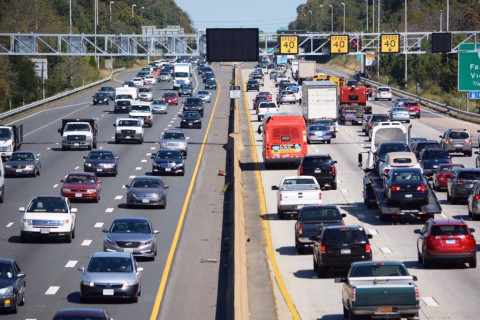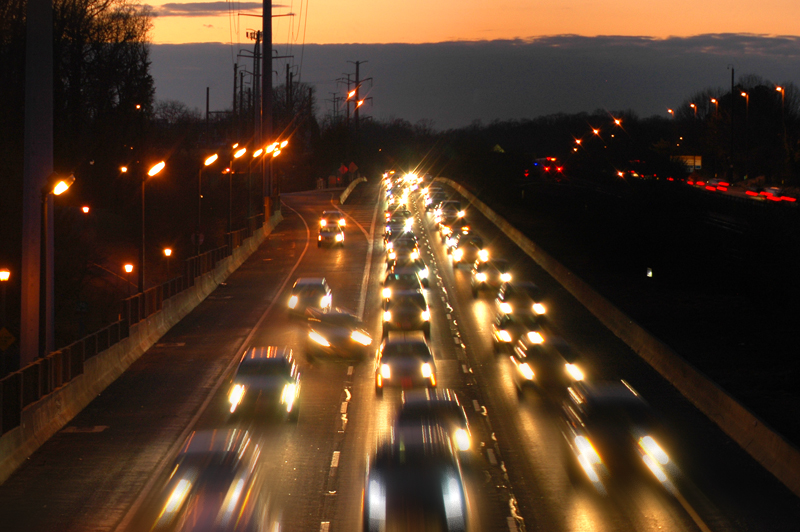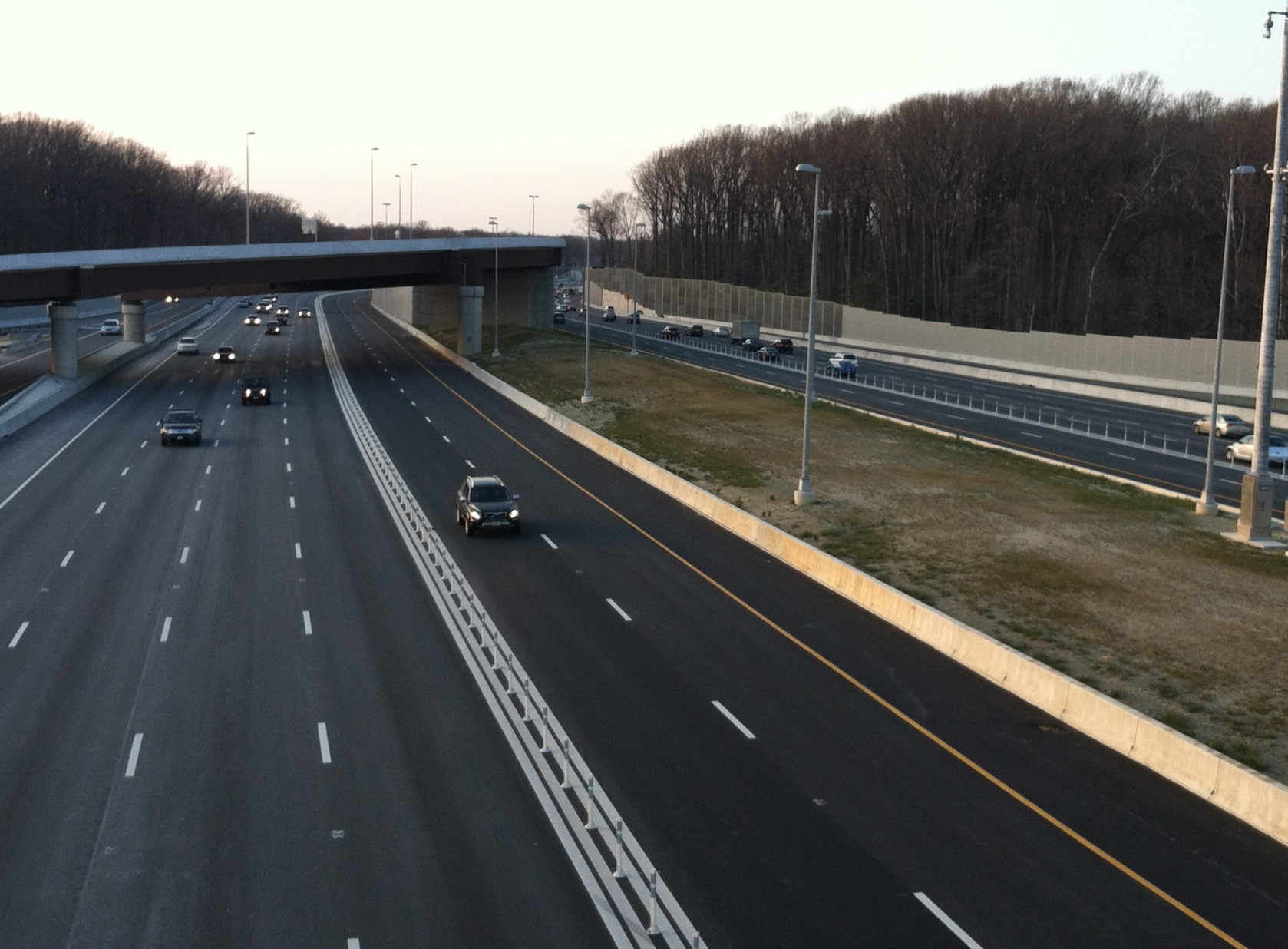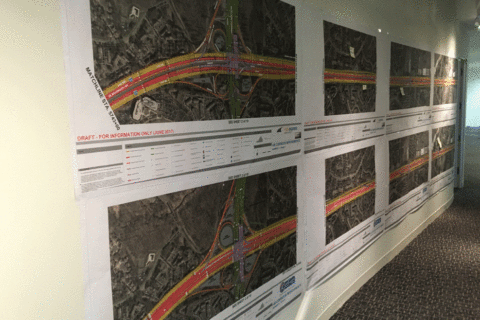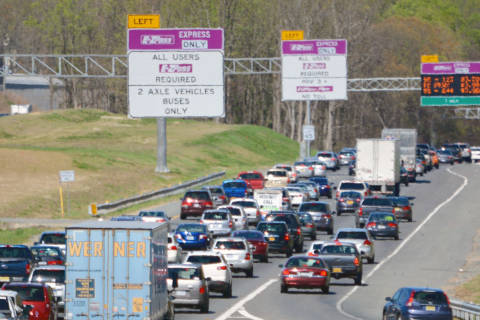WASHINGTON — The Interstate 66 rush-hour toll system inside the Capital Beltway that is due to begin charging solo drivers in December will cost at least $2 million more up front than previously planned.
The Virginia Department of Transportation is asking the Commonwealth Transportation Board Wednesday to approve the additional $2 million in order to keep the project on schedule to open just before Gov. Terry McAuliffe leaves office, based on VDOT and contractor estimates for upcoming costs.
The additional costs are due to an extended testing period that pushed back the launch of tolling from an original goal of this summer to a final launch date in December, VDOT Special Projects Manager Amanda Baxter said.
“With the tolling coming online for the first time, this dynamic pricing for the first time for VDOT, it was requested [by VDOT Commissioner Charles Kilpatrick and Secretary of Transportation Aubrey Layne] that we extend our testing into a further testing program,” Baxter said.
While there are other, similar toll lanes in the state, those are operated privately rather than through direct VDOT control. Full testing and training required staffing up to a level close to what will be needed when tolling begins, but without having the toll revenue coming in to begin paying the salaries.
During testing through November, Baxter said drivers will see images or text on the new message signs along I-66; and crews will test E-ZPass reader boxes, cameras and beacons that will identify non-HOV users.
In 2015, the Commonwealth Transportation Board approved $65 million in funding for the planning, implementation and maintenance of the new tolling system. The first gantry installations began earlier this year. Like the $2 million set to be approved Wednesday, the original funding was an advance from a state account that will be replenished through toll revenue.
What the tolls will look like
When tolls begin in December, rush-hour HOV rules for all lanes of I-66 between the Beltway and Rosslyn will expand from today’s hours of 6:30 a.m. to 9 a.m. eastbound and 4 p.m. to 6:30 p.m. westbound, to permanent new hours of 5:30 a.m. to 9:30 a.m. eastbound and 3 p.m. to 7 p.m. westbound.
Cars with two or more people will continue to meet the HOV requirement. In order to get a free ride though, carpoolers will need an E-ZPass Flex switched to HOV mode.
When the tolls begin, solo drivers will be able to legally use the lanes in the peak direction at rush hour for the first time by paying an automated toll that rises and falls based on the number of vehicles using the lanes. In the hours newly covered by the HOV rules though, drivers who used to be able to legally drive alone will now either have to pay a toll or find another route.
VDOT plans to launch a significant marketing campaign Aug. 1 to promote the details about the new setup, along with a new website and app for the lanes and an emphasis on how to get an E-ZPass.
The rules are expected to change to require three people in the car to qualify as an HOV when the two toll lanes in each direction outside the Beltway open around 2022.
The other Express Lanes in the area on the Beltway, I-95 and, by 2020, I-395, all already require three people in the car and an E-ZPass Flex in order to get a free ride.

